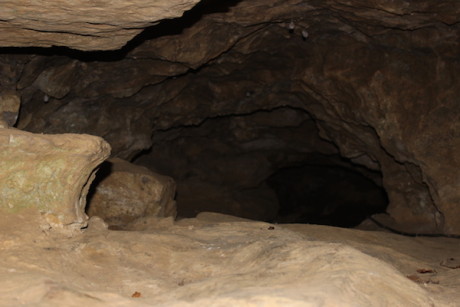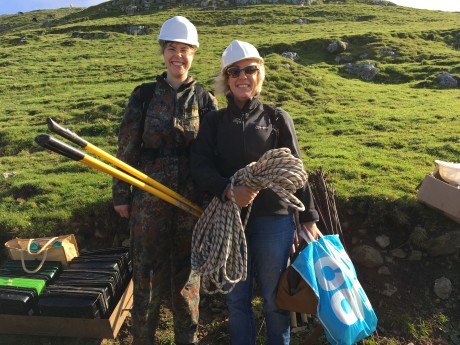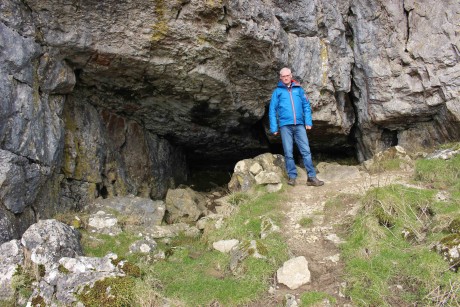
During the 19th and 20th centuries, archaeologists made a series of remarkable discoveries deep inside one of Yorkshire’s most famous caves. Among them was a stash of Romano-British artefacts, whose deposition has intrigued archaeologists for decades…
As well as the bones of Ice Age animals who once sheltered in its depths, archaeologists have found hundreds of Romano-British artefacts deep inside Victoria Cave in the Yorkshire Dales National Park.
What’s interesting about this is that during the Romano British period, access to the cave was restricted by rocks and boulders, leaving just a small entrance. People would probably have had to crawl through a narrow opening in order to reach the spacious inner chamber where many of the items were found in an area of total darkness.
Along with some impressive natural features such as stalagmites and water pools, the cave’s original excavators noted a possible man-made wall modifying the entrance to this inner chamber. What was going on here?
We know that there were military camps nearby, that similar artefacts have been found at other Roman military sites, and that auxiliary troops from southeast Europe (where leaving votive objects in caves was common) were garrisoned in the region.
To understand what was happening we need to assess the wider social and landscape context, including surveying the Roman camps, and investigating neighbouring caves. And that’s just one of the reasons we’re crowdfunding a dig at nearby Ben Scar Cave.
With no previous record of excavation, Ben Scar Cave is in a prime, south-facing setting with commanding views of significant hilltop sites such as Pendle Hill. The likelihood that it was used in some way during the Romano-British period is high.
So, as well as attempting to find more evidence dating back to the Ice Age, and getting cavers (and anyone else interested in Yorkshire’s ancient past) up to speed on cave archaeology, it’s also part of a wider attempt to understand Romano British objects from Victoria Cave, just like these…
1. This stunning copper alloy brooch
This circular copper alloy plate brooch would have once gleamed like gold when it was worn – the colour we see today is the result of corrosion. Found by Joseph Jackson, the original excavator of Victoria Cave, in the 1850s, it dates to around 150-200AD. The raised swirling foliage enclosed within a circular border makes a wheeled form of the triple-spiral symbol, a design that was popular with the Roman military in Britain. Many brooches have been found in Victoria Cave, adding weight to the idea that army personnel may have been in some way connected to religious or ritual activities there.
2. This mysterious pierced bone ‘spoon’
Quite what this artefact represents is an ongoing mystery. It looks like a spoon, but the bowl is perforated. Numerous examples of these were found in Victoria Cave, representing almost half of all the known examples found in Britain. They are nearly always found at sites connected with the Roman army or Roman lifestyles, and were probably made around 150-250AD during the Roman occupation of northern England. This one has a twisted stem with the head of a water bird, but each one is completely unique – so what did the spoons represent? Were they tokens of an emotional relationship, a bit like Welsh love spoons? Were they placed at the back of the cave in rituals related to necromancy? Hundreds of suggestions have been put forward, and your guess is as good as ours. Whatever their purpose, they are arguably the oldest surviving folk art in the Dales.
3. And this potsherd with the name of an eastern European soldier on it
This fascinating little potsherd is a typical example of Samian ware dating from the reign of Emperor Trajan (98-117 AD). Found during the 1870s excavations, the name Annamus is carved onto the base. It’s the first recorded instance of this name in Britain, which originates in the Roman province of Noricum, now part of present-day Austria and Slovenia. Back then, Noricum was an Imperial mining district exporting iron, silver and lead. Stamped pigs of lead in the Yorkshire Dales indicate Roman lead production involving the military. Is it just chance that a piece of pot with the name of a man from Noricum ended up in Victoria Cave? Or, did Annamus bring with him knowledge that helped get the industry going?
All objects above are part of the Tot Lord collection.


